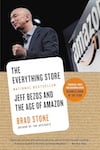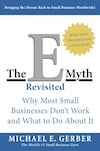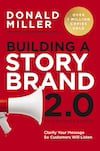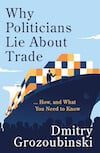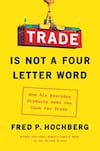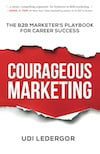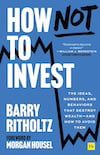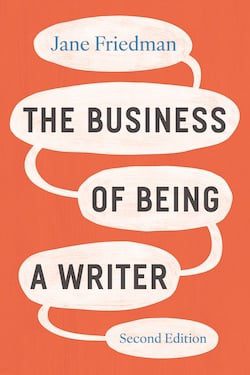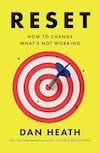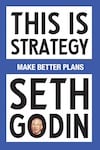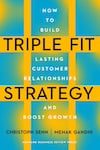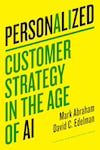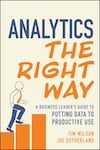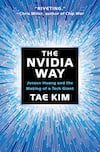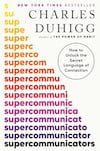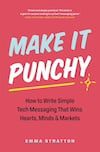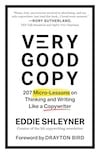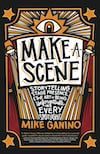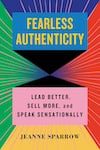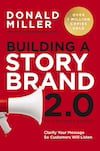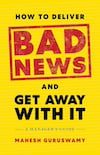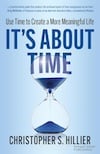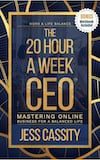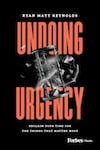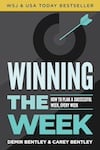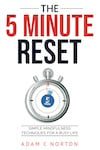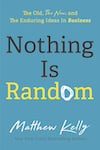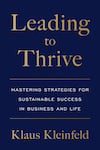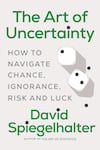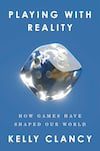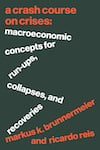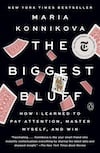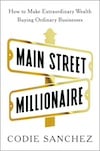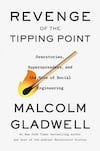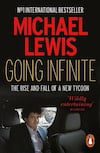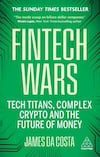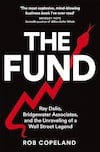Favorite Books of Ecommerce Pros Q3 2025
Summer is a time to step away from ecommerce and focus on family and fun. It’s also an opportunity to catch up on reading, thinking, and planning. I asked ecommerce owners what books shaped their careers and outlook.
Here’s their response.
The Everything Store
by Brad Stone
The rise of Amazon and Jeff Bezos inspires Ben Bouman, owner of HeavyLift Direct, a family-run seller of car lifts, jacks, and similar equipment, who says, “‘The Everything Store‘ by Brad Stone is a book I revisit every year. It shows exactly what relentless focus looks like, and it keeps me sharp. Every time I read it, I walk away with fresh ideas on staying agile, protecting my brand, and thinking several steps ahead. If you sell on marketplaces, the book is essential reading for staying competitive and aware.”
The E-Myth Revisited
by Michael Gerber
Mark Nelson, CEO of Foodie Box Love, a provider of artisan food gifts by subscription, recommends “The E-Myth Revisited” by Michael Gerber. Nelson says, “It explains how to grow your business and avoid common mistakes, whether it’s ecommerce or any business.”
Nelson also raves about “The Mom Test” by Rob Fitzpatrick, because it “addresses and helps solve a fundamental issue in starting a new business… getting ‘real’ and ‘honest’ feedback on your idea. Most people will not give their real opinion, will tell you what they think you want to hear, or lack the domain expertise to evaluate the business idea. ‘The Mom Test’ spurs meaningful dialogue with real customers to get honest and critical feedback.”
Made to Stick
by Chip Heath and Dan Heath
Eric Turney is the sales and marketing director for The Monterey Company, a promotional products manufacturer founded in 1989 and fully online since 2003. He values books that offer real-world insights, leadership clarity, and marketing wisdom.
His favorites are “Made to Stick” by Chip Heath and Dan Heath, which he calls “a must-read for anyone who wants to make their brand messaging resonate,” “The Cold Start Problem” by Andrew Chen on growth strategy and network effects that’s especially relevant for ecommerce platforms trying to scale and keep users engaged, and “The One Thing” by Gary Keller, “A classic I revisit often. It’s a grounding reminder to focus on what truly matters, especially when you’re simultaneously juggling product, marketing, operations, and growth.”
7 Powers
by Hamilton Helmer
Val Brusylovsky, founder and managing director of Boutique Retailer, an Australia-based home-goods merchant, recommends “7 Powers” by Hamilton Helmer. She says, “It offers a sharp, strategic framework for building enduring business advantage. I’ve found myself referring back to it multiple times.”
Delivering Happiness
by Tony Hsieh
“Delivering Happiness,” a memoir by the late Zappos CEO Tony Hsieh, is the top pick of Ann Bertholf, chief strategist at Flower Leis in Hawaii. She says Hsieh’s memoir “includes great lessons on creating world-class customer service and cultivating a company culture where employees are happy to come to work.” Bertholf also recommends “Positioning” by Al Ries and Jack Trout, which she calls a “short and simple classic” and “a primer on branding that every new marketer should read.”
Building a StoryBrand 2.0
by Donald Miller
Serial entrepreneur Jake Munday, CEO and co-founder of Custom Neon, which manufactures custom-designed neon signs, recommends “Building a StoryBrand 2.0” by Donald Miller. “The book highlights that if customers don’t understand what you are offering within the first few seconds, they’ll move on,” Munday says. “By following its easily digestible and actionable steps around the topic of powerful storytelling, we simplified our messaging and clarified our values, which has led to higher engagement and conversions.”
Let My People Go Surfing
by Yvon Chouinard
Kass Lazerow, co-founder of Golf.com and Buddy Media (acquired by Salesforce), and co-author of “Shoveling Sh$t,” which I featured in our spring books roundup, seconds the recommendation for “The Everything Store” and adds “Let My People Go Surfing” by Yvon Chouinard, the legendary founder of Patagonia, “Alchemy: Dark Art and Curious Science of Creating Magic in Brands, Business, and Life” by advertising guru Rory Sutherland, and “Generation AI” by Matt Britton, an expert in consumer trends and new media tactics.

